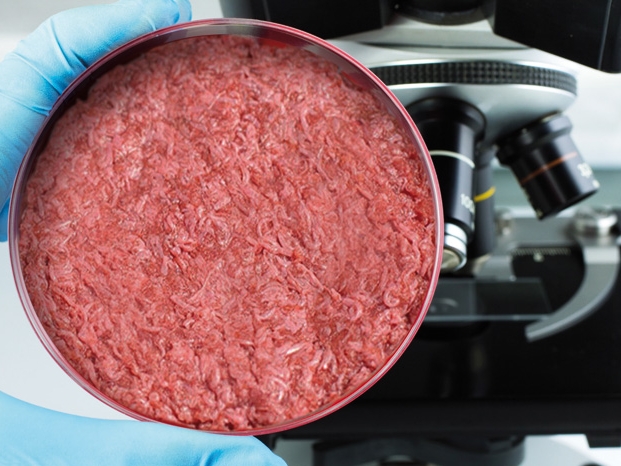Project on visions of in-vitro meat
Today’s use of animals in agriculture, especially for food purposes, cannot be realized in a sustainable way. This is proven with increasing evidence by studies of the United Nations Environment Programme, among others. The production of in-vitro meat, which is grown from animal muscle stem cells, promises solutions for the ecological, health-related and ethical problems of traditional meat production. Already in 2013, a research group of Maastricht University presented the first in-vitro burger grown from bovine stem cells.
However, it is not yet possible to produce in-vitro meat in larger quantities. Therefore the actual ecological advantages compared to uses of animals in agriculture, the societal conditions for the acceptance of this innovation as well as the cultural impacts on agriculture, nutrition, and the relation between humans and animals are also not clear.
This is where the new ITAS project "Visions of in-vitro meat (VIF) – Analysis of the technical and social aspects and visions of in-vitro meat" ties in. The scientists will investigate the overall concepts and visions of this emerging technology over the next two years, applying research instruments like literature analysis, expert interviews, and participatory processes involving the public and relevant stakeholders.
The main goal of the project is to analyze the scientific and technological as well as societal, cultural, and political aspects of the overall concepts and visions of the current research on in-vitro meat. This also includes an analysis of the societal acceptability of this technology which is very important for research policy in the narrower sense and technology governance, i.e. the political steering of technology development, in the wider sense in the early phase of the innovation process. (18.11.2015)
Further links:


